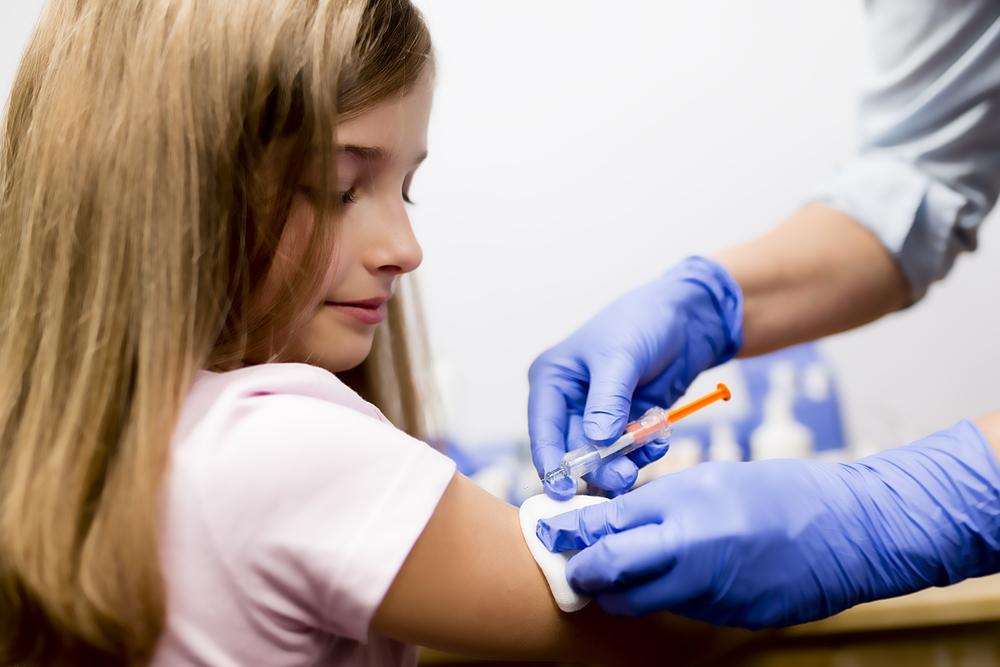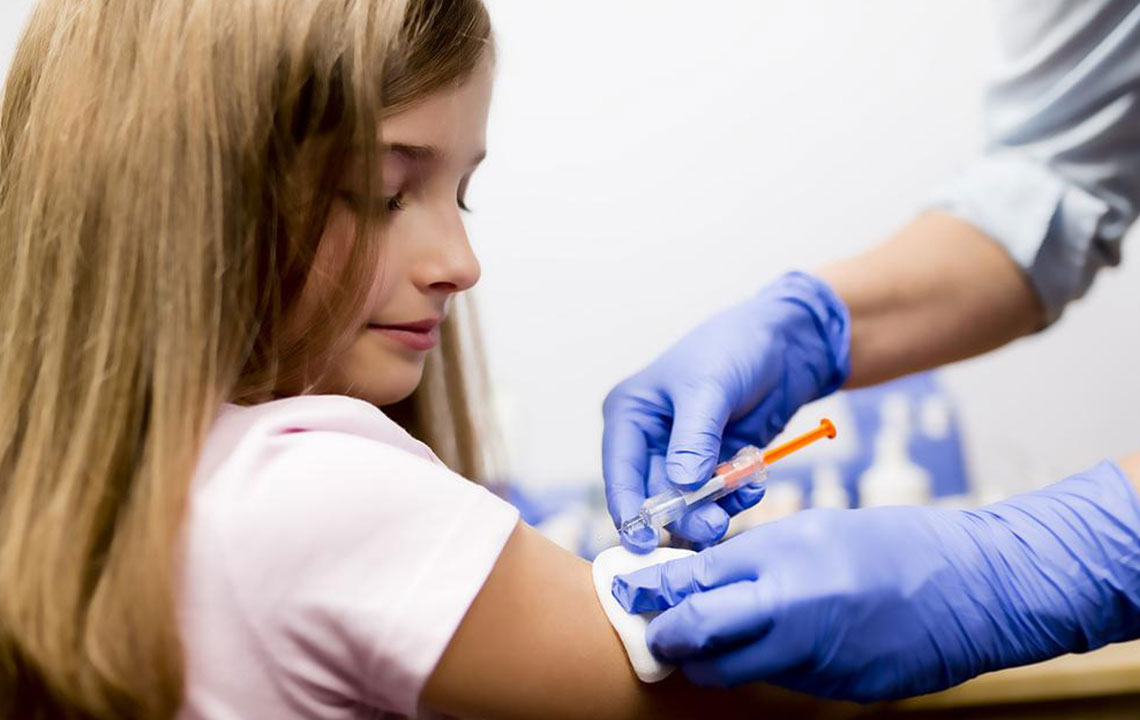Comprehensive Guide to Vaccine Types and Advances in Immunization
Explore a detailed overview of vaccine types, technology innovations, and recent advancements that have transformed immunization practices worldwide, fostering better disease prevention and control.

Comprehensive Guide to Vaccine Types and Advances in Immunization
Vaccination remains one of the most effective public health strategies for preventing infectious diseases. By introducing weakened, inactivated, or synthetic parts of pathogens into the body, vaccines stimulate the immune system to recognize and combat specific microbes without causing illness. This proactive approach to health has saved millions of lives over centuries and continues to evolve with scientific advancements. From Edward Jenner’s pioneering smallpox vaccine in 1798 to modern, high-tech immunizations, vaccines have become vital tools in controlling and eradicating deadly diseases worldwide.
At their core, vaccines contain weakened, inactivated, or synthetic components of pathogens that do not cause disease but effectively stimulate the immune system to respond. This process, known as immunization, primes the body’s defenses so that future encounters with the actual pathogen are met with rapid and robust immune responses. Vaccines act as a biological training ground, teaching immune cells to identify and attack specific microbes before they can cause serious illness.
Different Types of Vaccines: The composition and application of vaccines vary based on the disease targeted, the nature of the pathogen, and technological considerations. They are primarily categorized into four major types, each with unique mechanisms and use cases:
Live-attenuated vaccines: These vaccines utilize live but weakened forms of pathogens that are incapable of causing disease in healthy individuals. Their ability to replicate in the body leads to a strong and long-lasting immune response, often requiring just one or two doses. Proper storage conditions, such as refrigeration, are essential to maintain their potency. Examples include vaccines for measles, mumps, and rubella (MMR), and varicella.
Toxoid vaccines: When certain bacteria produce harmful toxins—such as tetanus or diphtheria—you can target the toxin itself rather than the bacteria. Toxoid vaccines contain inactivated toxins that stimulate immunity against the toxin's effects. Usually, booster shots are needed to sustain immunity over time.
Inactivated vaccines: These contain pathogens that have been killed using heat or chemicals, preventing them from infecting cells while still provoking an immune response. Because they are less potent than live vaccines, multiple doses or booster shots are often necessary. Polio and hepatitis A vaccines are common examples.
Subunit, conjugate, and recombinant vaccines: These vaccines are made from specific pieces of the pathogen, such as proteins or polysaccharides, rather than whole germs. This precision reduces potential side effects and allows targeted immune responses. They often require booster doses. Examples include the hepatitis B vaccine and certain pneumococcal vaccines.
Recent Breakthroughs and Future Directions in Vaccination:
Technological advancements have contributed to the eradication of diseases such as smallpox and near-eradication of polio.
Live-attenuated vaccines continue to be a primary option, but research is underway into genetic and mRNA-based vaccines for complex diseases such as HIV and certain cancers.
Efforts to develop vaccines for parasitic diseases like leishmaniasis and malaria are gaining momentum, promising new weapons against long-standing health burdens.
Innovative delivery methods, such as nasal sprays and oral vaccines, are improving accessibility and compliance, making immunization more convenient and acceptable globally.





